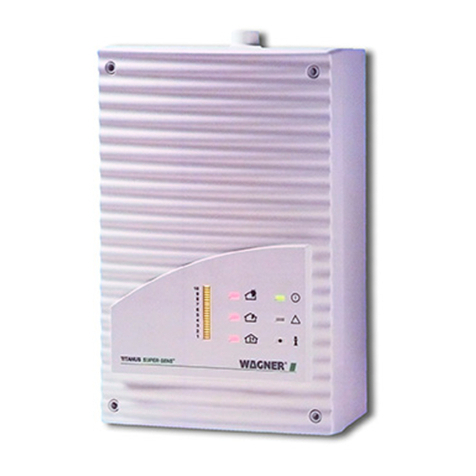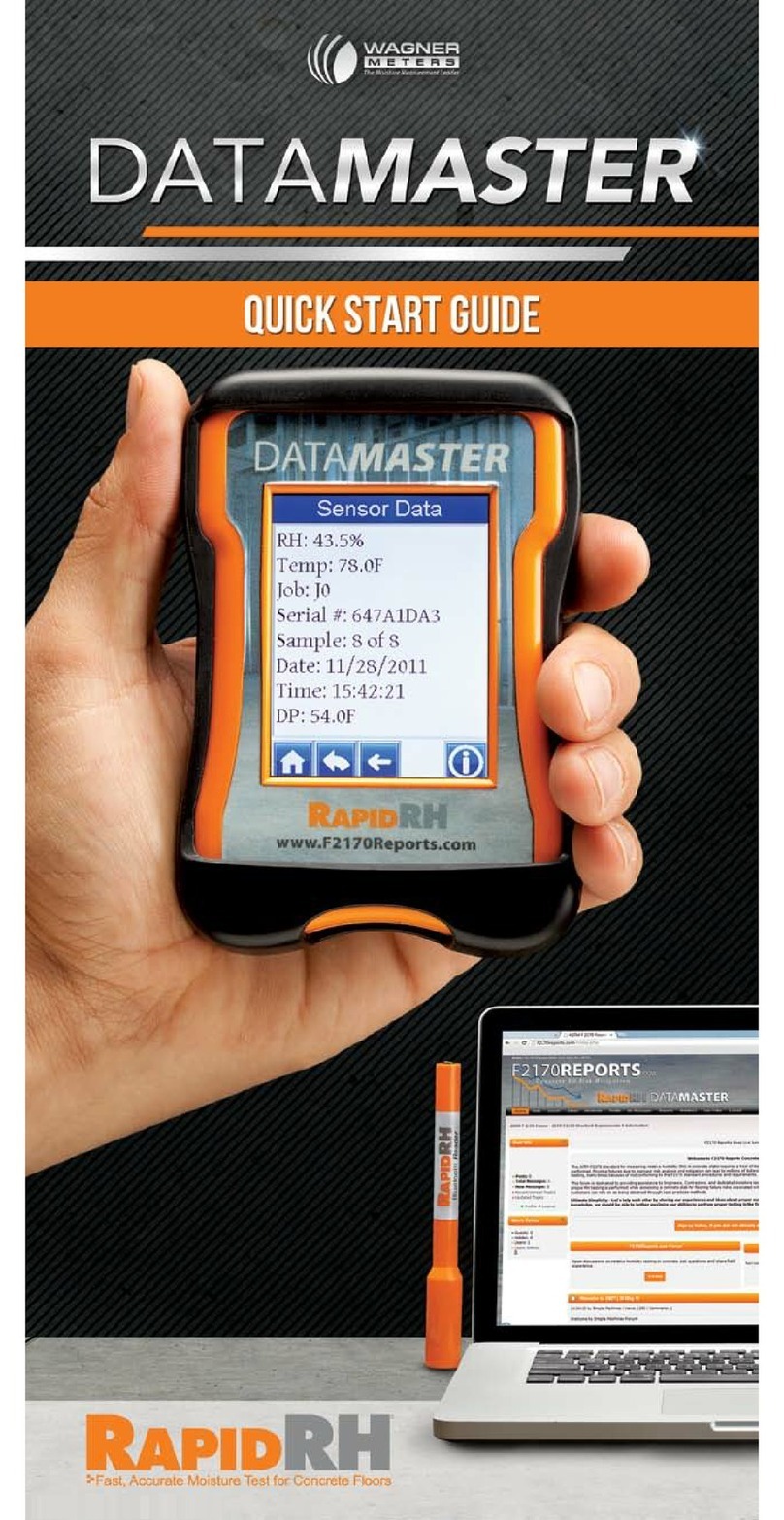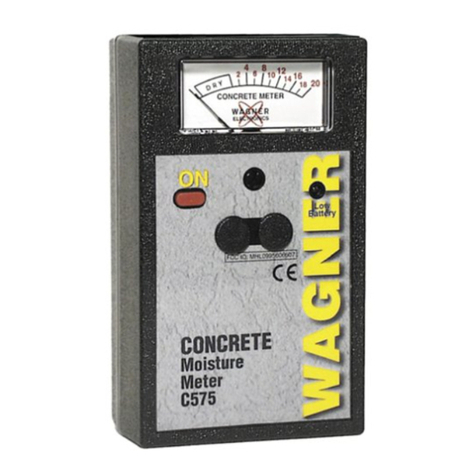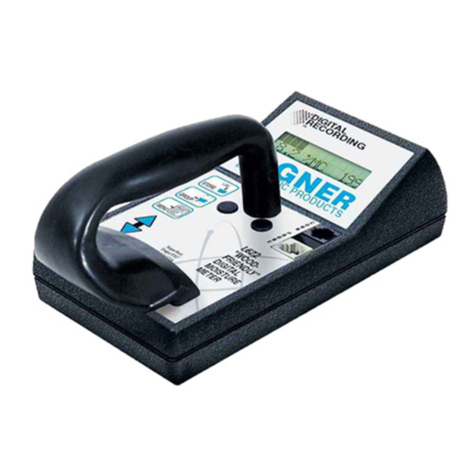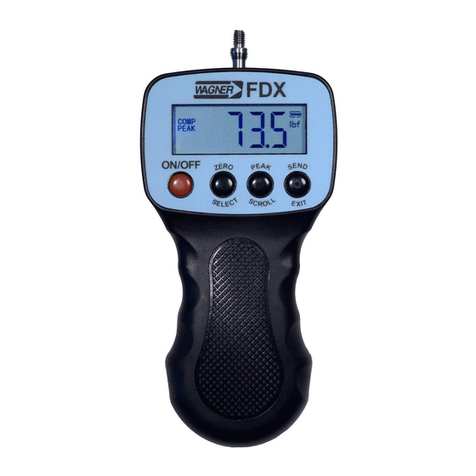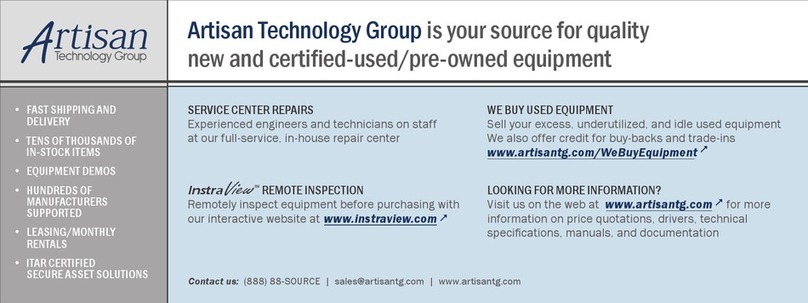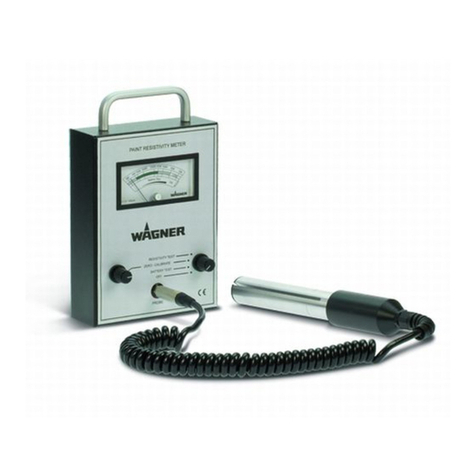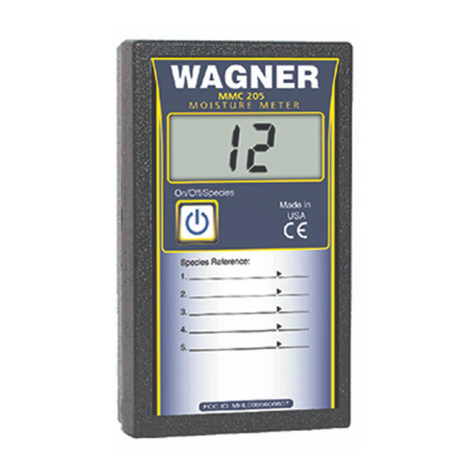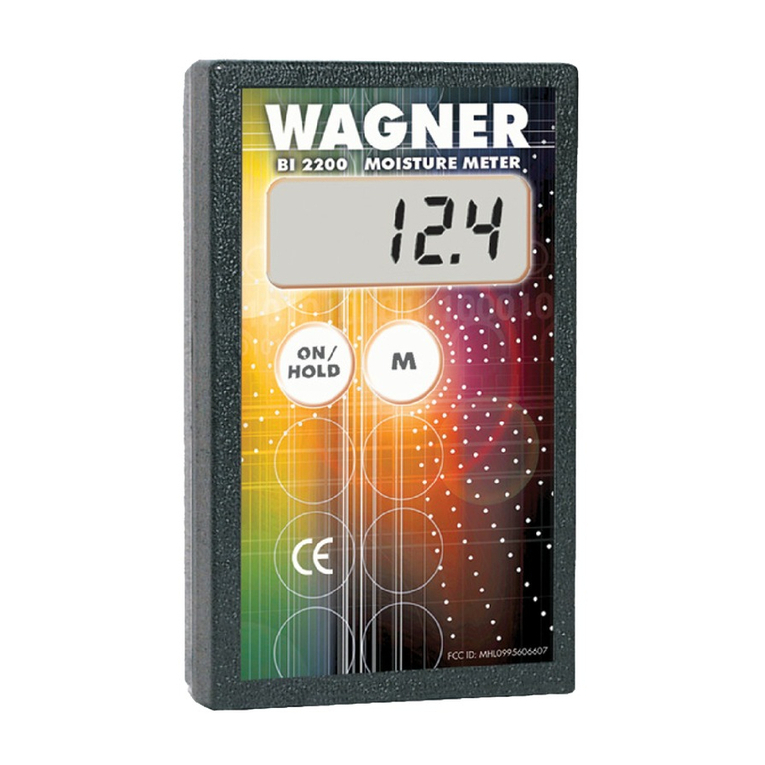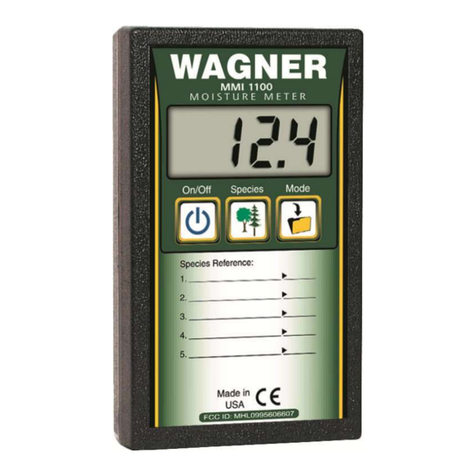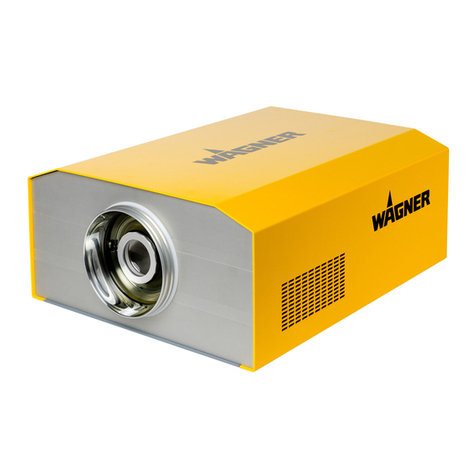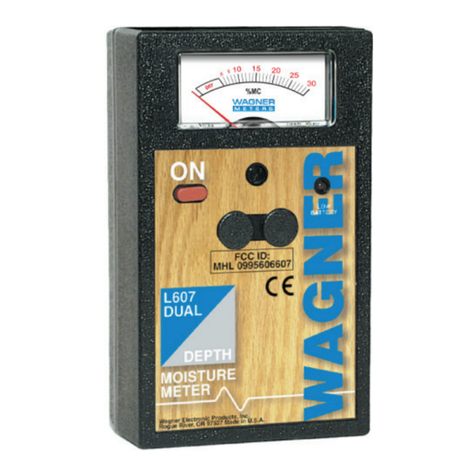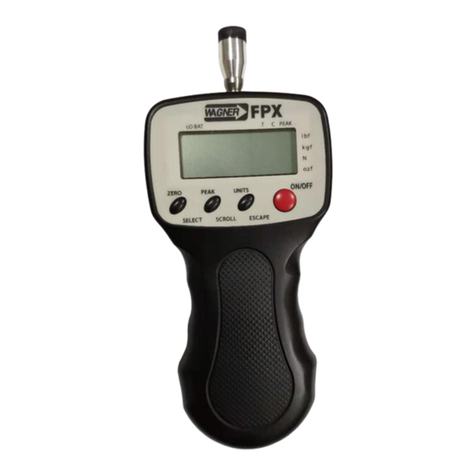ASTMF2170BestPractices
New concrete slabs should be allowed to cure
and dry as long as possible before performing
any type of moisture testing. Even though
some methods state to wait at least 28 days
after a concrete pour before setting up test
instruments, it is often prudent to wait much
longer*. Minimizing the amount of time between
initiating any moisture testing on a slab and
obtaining the final results per testing standards
increases the chance that the test results will
more accurately indicate the condition of the
concrete around the test location.
On all slabs (new and old), it is recommended
to do test sampling, prior to complete testing,
according to the ASTM F2170 standard’s
requirement, in regards to the number of test
sites. It is good practice to initially only setup a
portion of the test locations ultimately required
and use those few locations as a means to
indicate when the rest of the tests should be
performed. If extended periods of time have
elapsed between initially setting up test locations and obtaining the final results per
testing standards, then it is good practice to set a few new tests to confirm and
validate what the older test locations are currently indicating.
Additionally, it is good practice to let the sensors lay on the slab for about 10 minutes
or so prior to installation, until they reach temperature equilibrium with the slab to
prevent any dew point issues that might cause condensation on or around the sensor
(NOTE: Wagner has not heard of any reports where this has actually been an issue,
but it is still a best usepractice).
For more information on relative humidity in concrete floors and moisture testing,
go to www.cement.org to order the book “Concrete Floors and Moisture” by Howard
Kanare.
*The drying rate of standard Portland cement-based concrete slabs has been studied extensively. For
slabs drying from one side, a very ‘general’ rule-of-thumb as a drying rate is approximately 30 days of
drying time for each inch thickness of the slab for the relative humidity level to reach somewhere in the
85%-90% range. This is only a very rough approximate guideline, and drying times can, and often are,
much longer if good drying conditions (closed-in space, environmental controls on, etc) are not present.
Additionally, other factors such as the densifying of a slab surface from heavy power-troweling, additional
water added to the concrete at time of pour, rain or construction water sitting on a slab, etc, can drastically
affect the drying time of a concreteslab.
